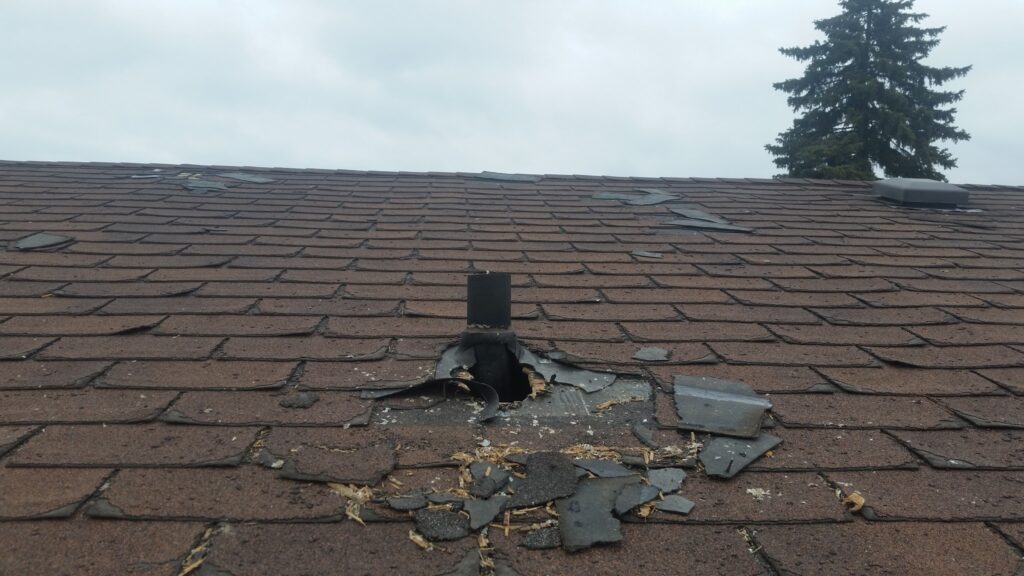The phenomenon of wild animals adapting to and benefiting from urban living in an issue for most Canadian municipalities. While raccoons may be the wild creature that most urban dwellers are familiar with, they are not alone. Squirrels, deer, striped skunks, groundhogs, coyotes and many other wild animals also inhabit Canadian cities and towns. This is an important subject that raises the question of if and how wildlife is meant to coexist with humans. Equally important is the increasing need for professional wildlife animal control as a result.
Why Are We Seeing More And More Wildlife In Urban Cities?
Simply put, urban sprawl seems to be the main driver of wildlife from backcountry to downtown. In 1911 45% of Canadians lived in cities, that number now sits at 81%. This sort of intense urbanization and expansion of cities caused various natural habitats to be consumed. While some species were damaged as a result of this sprawl, a number of them have profited from an environment that provides protection from predators, shelter and virtually countless food sources. The raccoon is one such species.

Raccoons topple garbage cans in search of an easy meal.
Why Are Raccoons So Special?
There are a number of reasons why raccoons are among the most successful species to adapt and thrive in urban living conditions. These reasons include:
- Keen intelligence – Raccoons are smart and research shows they have the ability to problem solve which allows them to break into trash cans for food or attics for shelter. They’re even smart enough to avoid crossing major traffic arteries.
- A nocturnal lifestyle – Being active at night allows raccoons to live in close proximity to humans without us knowing.
- A diverse diet – They’re not reliant on any single source of food and will each just about anything, allowing them to adapt to the ever changing conditions of city life.
- Remarkable climbing skills – The ability of raccoons to climb trees and structures keeps them safe from would be predators and out of sight of humans.
In fact, raccoons have become the most widespread and abundant urban transplant in North America since they began appearing in metropolitan areas in the early 20th century. Some scientists are using the term microevolution to describe the astonishing speeds at which some wild species (known as synanthropes) are adapting their behaviour and physiology to outside pressures. There is even talk that demands of numerous urban habitats are creating a type of “uber raccoon” that’s more resourceful and intelligent than its country cousins. All of this means Canadians are likely to need more sophisticated wildlife animal control services in the near future.

This rubber plumbing boot is not match for a determined raccoon who wants inside the attic.
What NOT To Do
The one thing you definitely don’t want to do is take a laidback DIY approach to controlling raccoon populations or intrusions on your property. Live-trapping is a particularly futile strategy to apply as it has a number of negative consequences. It causes raccoons to become “trap shy” if they get caught even once. Traps ignore the other 15-25 raccoons in the neighbourhood. They can easily orphan baby raccoons, making the method inhumane and above all, illegal. Instead, getting professional wildlife animal control services is the safer, more effective and humane method to remove wildlife.
Need A Professional Wildlife Control Company? Go With Skedaddle
Skedaddle Humane Wildlife Control has been in the pest and wildlife animal control business for nearly 30 years, having both the tools and know-how to solve any intrusion problem. Skedaddle also performs future-proofing of your home against subsequent intrusions, offering a lifetime guarantee on the materials used to protect your home and family members. Having helped more than 200,000 homeowners to date, Skedaddle is the perfect choice for any wildlife intrusion problem you might be having, raccoons or otherwise. Call Skedaddle today and let the pros work their magic.


